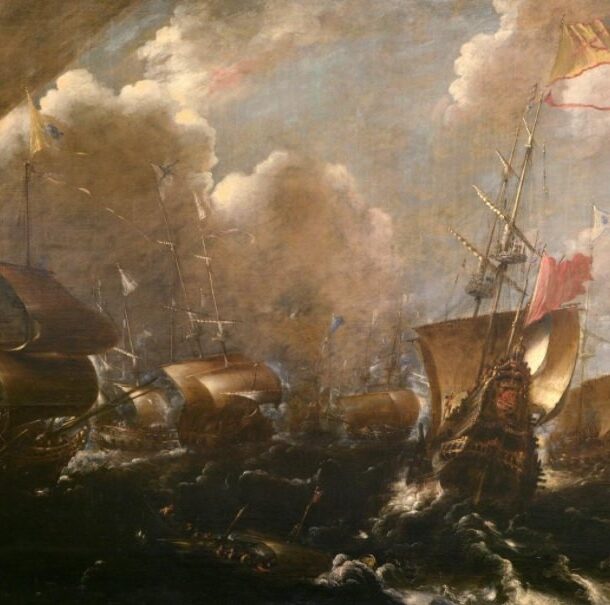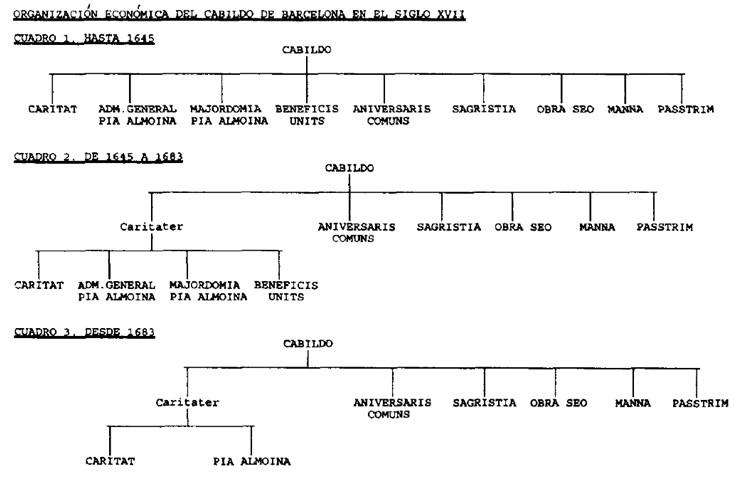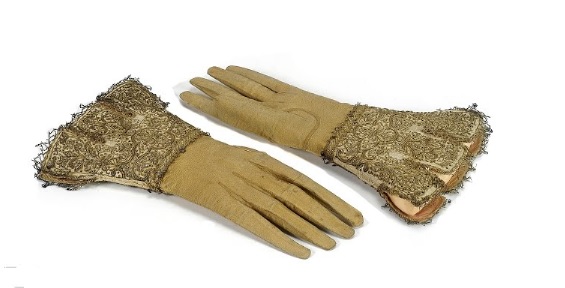
This landscape by the Flemish engraver Aegidius Sadeler II (1570-1629) confirms that the trades of blacksmith and coppersmith were common practice among the Gypsies. Next to the three men seated in a semicircle in the background, various tools (an anvil, tongs and the hammers carried by two of them) are arranged in the foreground, alluding to forging work. It is quite possible that the Gypsies learned the art of metalworking in India, their place of origin, and brought it to Europe after their arrival in the early 15th century. In the Gypsy camp there are also two pack animals, which could be a mule or a donkey, and with which, together with the horse, the male Gypsies traded, either with people passing through or at fairs. This earned them the nickname of chalanes, a word used to refer to a person who buys and sells animals (mainly horses) in a skilful and persuasive manner. It is known that they did not dedicate themselves exclusively to buying and selling, but that they sometimes adorned or embellished the animals in order to obtain a greater economic benefit from the transactions.
Collection: Images
Project: 4. Family, daily life and social inequality in Europe., 7. Persecuted by justice and powers: rebels, political dissidents and criminals in the history of Europe., 9. Travels and travelers: economic, social and cultural connections.
Chronology: XVII
Scope: University
Link: https://www.metmuseum.org/art/collection/search/415887
Resource type: Image
Format: Engraving, 18,8x28,7 cm
Source: Museo Metropolitano de Arte (Nueva York)
Language: English
Date: 1600
Owner: Blanca Rodríguez Hernández (Modernalia)
Identifier: 49.95.1406
Copyright: Dominio público
Abstract: Engraving by Aegidius Sadeler II, depicting a gypsy encampment, dated 1600
Tags







